The Creative Way Public Health Advocates Are Trying To Get Hipsters To Quit Smoking
How do you get hipsters to stop smoking? Well, you throw them a party.
That’s the philosophy behind Commune, a program organized by a marketing-science agency called Rescue that employs the same social branding strategies used by cigarette makers.
With more than $5 million in funding from the National Institutes of Health and other groups, Rescue hosts bar and club nights for hipsters in Minnesota, and recently wrapped up its efforts in San Francisco and San Diego.
A typical night out might involve an art show or pop-up shop, and some live music where ambassadors for the anti-smoking often include designers, bartenders, or artists. The messaging is subtle, rather than overt: Artists, for instance, might showcase posters or other works to highlight issues that hipsters care about, like how smoking leads to deforestation.
“The most important thing we want is for people to think our events are cool,” says Jeff Jordan, executive director of Rescue.
Of course, those who attend the events would never be referred to as “hipster youth” to their faces. But internally, Rescue has a profile of the type of person it’s hoping to reach: 18-to-24 years-olds who tend to prefer live music and smaller neighborhood bars over bustling clubs. They value self-expression and independence, are anti-mainstream, and take pride in not being materialistic.
“We think about hipsters as taking a job they love rather than one that pays a lot of money,” says Pamela Ling, professor of medicine at the University of California San Francisco, who has worked closely with Rescue and spent the past few years researching the effectiveness of bar-based interventions.
This approach represents a sea change in public health from the traditional approach of reaching young people with blanket messaging (think bullet-point lists of the deleterious health effects of smoking) to new strategies that incorporate ideas drawn from industries like marketing and advertising.
Teens and young adults are a critical audience to reach on both sides: National data shows that 95% of adult smokers started before they were 21. The prevalence of smoking among 18-to-24-year-olds is 16.7%, according to the CDC. The most at-risk groups include members of the LGBT community, who smoke at far higher rates than their peers, and also those active in the bar and club scene.
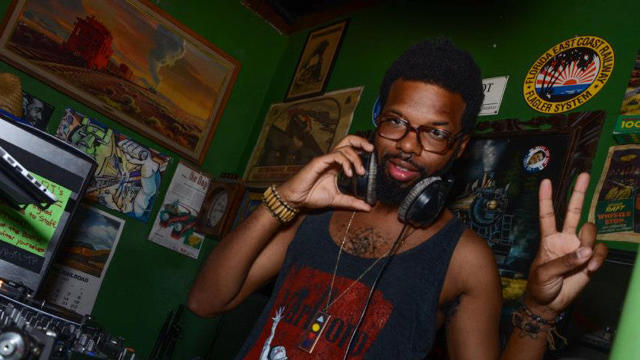
“Health departments and researchers reach populations based on census variables, or demographic variables, because that is the tradition,” says Joe Smyser, an adjunct professor at Columbia University and the CEO of the Public Good Projects, a nonprofit group of experts in media, marketing, and public health. “Layering psychographic variables on top of that, (by) serving people information that speaks to them based on their beliefs, values, their identity, is far more effective.”
That’s precisely what Big Tobacco companies do. These companies have the most “creative marketing strategies of any industry,” explains Smyser. That was born from necessity, given the restrictions on most forms of digital and traditional advertising. Tobacco ad budgets have now shifted to more indirect forms of messaging in convenience and retail stores where young people tend to congregate, emphasizing menthol cigarettes and slapping terms like “organic” and “natural” on their packaging.
The industry has also doubled down on targeting identities associated with tobacco products.
“If you like alternative rock, or country music, or hip-hop, I can guess with a great deal of certainty what brand of cigarette you smoke,” says Smyser.
For instance, Kool cigarettes are heavily targeted to fans of rap music and the African-American community; Camel to fans of alternative and indie rock; and Marlboro to country fans.
In recent decades, Rescue has encouraged public health departments to take a page right out of Big Tobacco’s social branding playbook. Much of the available funding for programs comes from user fees on Big Tobacco, the Affordable Care Act, and The Master Settlement Agreement in the late 1990s.
Rescue’s campaigns have targeted hipsters, gay and lesbian youth, country fans, electronica partiers, and other groups.
“We’re now thinking about values, aspirations, and peer crowds,” says UCSF’s Ling, who recently published a paper demonstrating the effectiveness of Commune’s approach in the American Journal of Public Health.
The researchers reported a decrease in daily smoking from 22.0% to 14.8%. When looking at any smoking (including both daily and nondaily), smoking decreased from 55.6% to 48.1%.
Despite these promising results, not all public health departments are on board. Some are uncomfortable with the idea of segmenting at all, according to Smyser, in part because it might suggest that some groups are more important than others.
This whole approach might seem counterintuitive to some. Many smokers will associate cigarette smoking with alcohol use and nights out. “If you’re in the bar, some public health departments fear that it’s a tacit endorsement of alcohol use and other risky behaviors,” says Ling.
Jordan says that criticism has been far stronger in the past, especially in cities where law enforcement has deliberately targeted African-American communities. Back in 2003, when Rescue was commissioned by the Southern Nevada Health District public health department for a campaign to reach young hip-hop fans, the local police department showed up claiming someone had called them about a fight. “There was no fight,” says Jordan. “Next thing we knew, police helicopters were circling the scene and officers were arresting people.” Little did they know that the event had been sponsored by the local public health department.
Other pushback, according to LGBT public expert known simply as Dr. Scout, has centered around some of the brand ambassadors used in previous campaigns. “They (Rescue) were using the prettiest people,” Dr. Scout recalls, but that has changed and the agency is now showing a range of body types and perspectives. Dr. Scout suggests that some of the campaigns have been too targeted, such as another Nevada program that focused on gay men and not women.
Earlier this year, Rescue’s approach got a nod of approval from a somewhat unexpected source. The U.S. Food and Drug Administration announced a campaign targeted to hip-hop youth called “Fresh Empire” featuring videos of rappers and beat-boxers.
These ads, including one called BAE Goals, made the rounds online and a few aired nationally at the BET Hip-Hop Awards. Some found the campaign cheesy and forced, but for public health researchers like Ling it was an important step forward. “That was a real endorsement.”
Shari Vari of Void Vision playing Commune Minneapolis February 17, 2016 at Icehouse
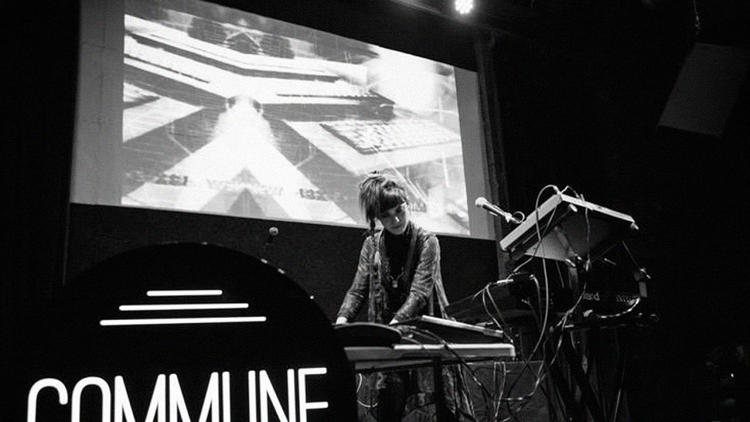
Clair George of Heartwatch wearing limited edition tee design by Josh Bertram illustrating Big Tobacco’s contribution to world hunger at Commune San Francisco at Elbo Room.
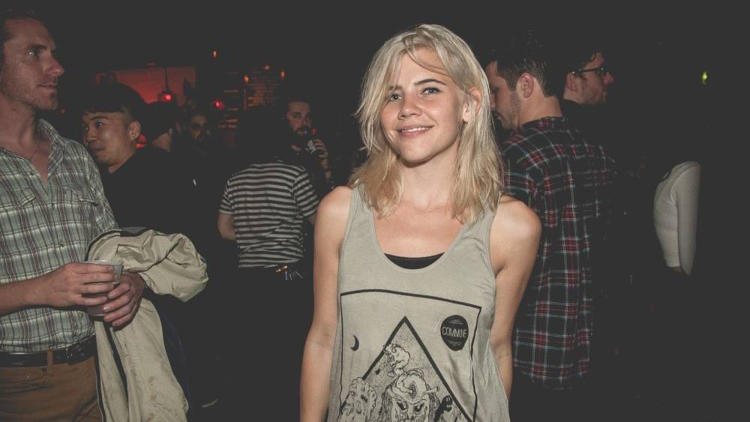
Limited edition Commune poster designs by Minnesotan artists. From left to right: Biafra, AnnaBOMB, Biafra, Brian Barber, GLDN, and Dave Moreira

Anna Hoover wearing self designed Commune tee illustrating animal cruelty by Big Tobacco at Commune Minneapolis February 17, 2016 at Icehouse.

Artist Afrand Shahroudi [center] and two Commune San Diego attendees holding up the poster she designed for Commune San Diego event at Whistlestop.
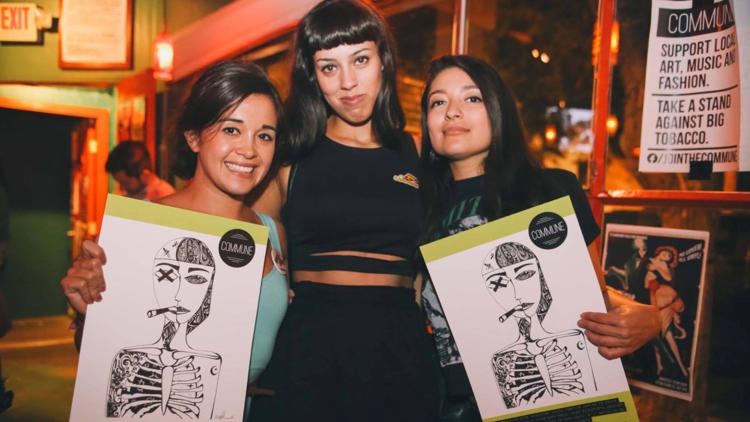
Abby from popular pop rock band Potty Mouth holding up tee design by Jason Acton illustrating cigarette litter at Commune San Diego at Soda Bar.

Visuals by Mach Fox at Commune Minneapolis February 17, 2016 at Icehouse
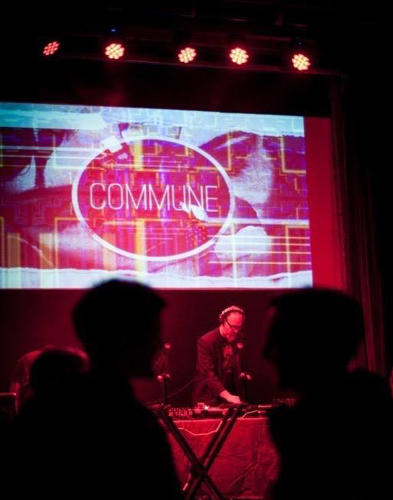
Commune Minneapolis attendees holding up limited edition Commune poster and tee design by GLDN at The Icehouse November 11, 2105.
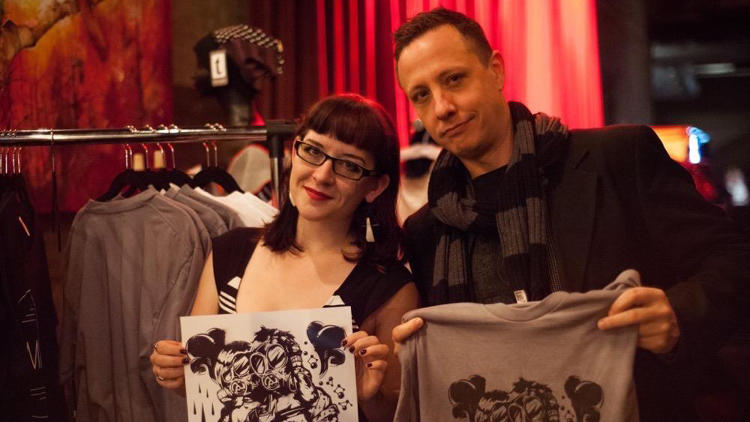
Commune Duluth attendee holding limited edition poster design by GLDN at the Red Herring Lounge March 30, 2016.

Fast Company , Read Full Story
(97)














